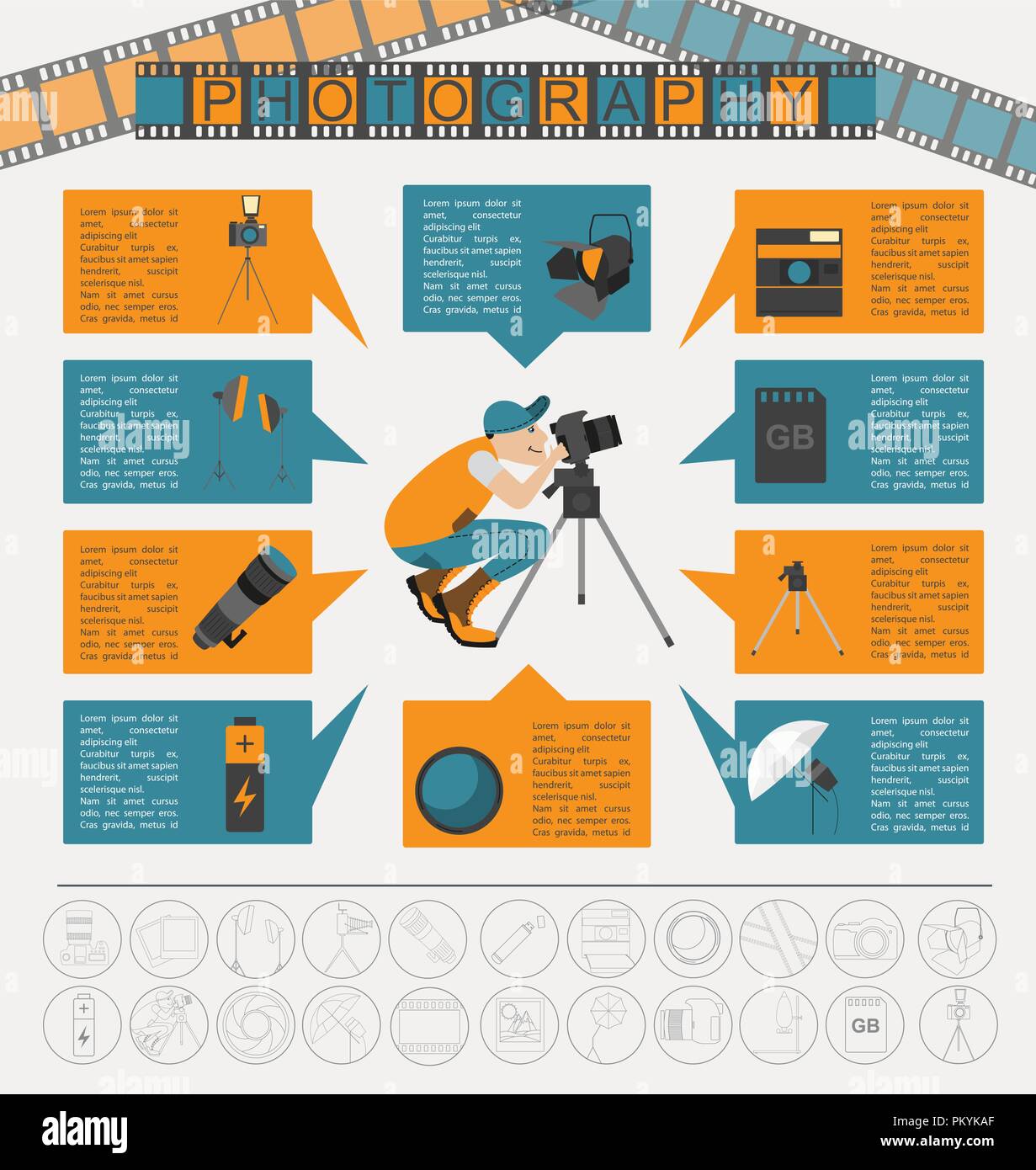What Every Photographer Needs To Know About Lights
What Every Photographer Needs To Know About Lights
Blog Article
Created By-Rogers Riddle
As a photographer, you understand that lights can make or damage your photos. Comprehending the nuances of both all-natural and fabricated light is necessary for capturing the state of mind and quality you go for in your job. Whether you're chasing after the perfect golden hour radiance or tweak your man-made configurations, grasping these components can elevate your photography significantly. Yet there are common risks that several forget, and identifying them can change your strategy to every shoot. Allow's discover what you may be missing and just how it can influence your results.
Understanding All-natural Light
Comprehending all-natural light is critical for any photographer wanting to improve their job. It's the structure of wonderful photography, affecting state of mind, tone, and clarity. When you shoot outdoors, take note of the time of day. The golden hour-- quickly after daybreak and before sunset-- provides soft, cozy light that can change normal scenes into sensational images.
Don't take too lightly the power of cloudy days. Cloud cover diffuses sunlight, producing a soft, even light that's perfect for pictures and macro photography. You'll discover shades appear this sort of lighting without harsh shadows.
Positioning issues, as well. Always consider your subject's positioning to the source of light. If the sun's behind your subject, you might end up with a shape, which can be remarkable however mightn't be what you desire. Alternatively, direct sunshine can develop uncomplimentary darkness.
Experiment with angles; occasionally, transforming your perspective can generate amazing outcomes. Use all-natural reflectors, like water or sand, to jump light onto your subject, including dimension.
Mastering Artificial Light
Understanding man-made light is vital for photographers who want to take their skills to the following level. Whether you're utilizing speedlights, workshop strobes, or constant lights, comprehending how to control these sources can substantially boost your photos.
Begin by acquainting yourself with the fundamentals of light high quality, direction, and color temperature. Explore different modifiers like softboxes, umbrellas, or grids to manage the gentleness or violence of the light.
You'll locate that soft light often produces flattering results, while harsher light can add drama and depth. Do not avoid darkness; they can enhance the three-dimensionality of your topics.
Pay close attention to the positioning of your lights. Studio Photo located also near your topic can produce uncomplimentary outcomes, while as well far away can lead to a lack of detail. Make use of a light meter or your cam's pie chart to ensure you're exposing appropriately.
Finally, keep in mind that fabricated light can be mixed with ambient light for creative impacts. Stabilizing these sources might take technique, but once you grasp it, your photography will truly shine.
Strategies for Different Situations
When you step into various shooting scenarios, adapting your lights strategies is critical for catching the most effective images. For outside portraits, utilize the golden hour-- early morning or late afternoon light-- to soften shadows and improve complexion.
If it's a rough noontime sun, think about using a reflector to jump light back onto your subject or seek shaded areas for a more also direct exposure.
In low-light circumstances, like indoor events, boost your ISO and utilize a broad aperture to let in even more light. what is it worth can help eliminate video camera shake, enabling longer exposures without obscuring.
If https://squareblogs.net/mitsuko7norris/contrasting-popular-cameras-which-one-is-finest-for-you contending evening, explore off-camera flash to create vibrant illumination and depth in your pictures.
For Executive portrait photographer , use diffused lighting to avoid extreme reflections. Softboxes or light outdoors tents can aid achieve this result.
When photographing landscapes, think about the direction of light and time of day, as it can substantially transform the mood of your shot.
Constantly be ready to change your setups and positioning based on the circumstance, as adaptability is essential to grasping lights in photography.
Verdict
To conclude, grasping lights is key to raising your digital photography skills. Welcome natural light's appeal during gold hour, and do not avoid try out artificial light strategies. By adapting your technique to various situations, you'll record magnificent photos that reverberate with feeling and clearness. Remember, the best illumination can transform a regular shot into something extraordinary, so keep practicing and refining your understanding of both natural and artificial light. Satisfied capturing!
